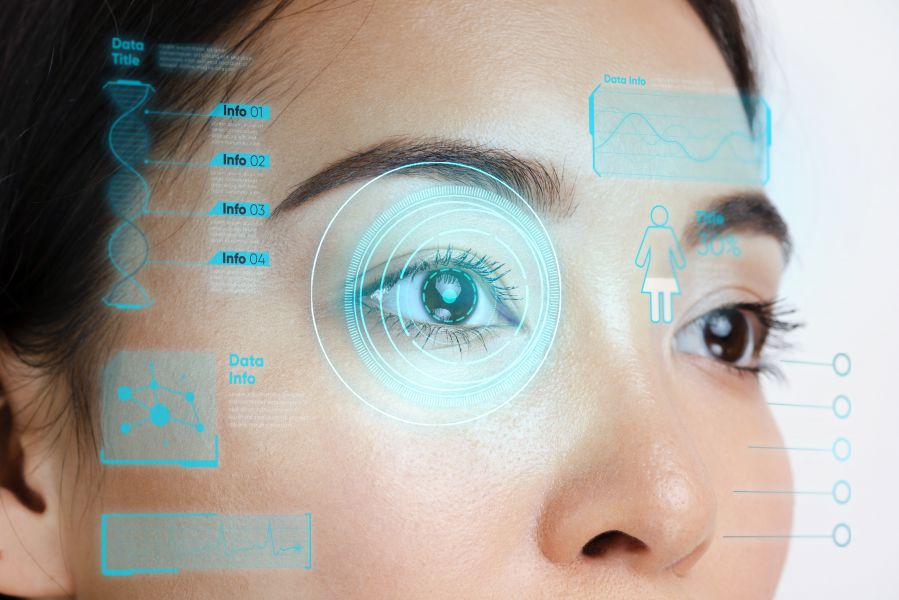AI: A New Vision for Ophthalmology - The Future of Eye Care
12 Jun 2024
By: Philo Biotics

Artificial Intelligence (AI) is rapidly changing the landscape of healthcare, and ophthalmology is no exception. With its ability to analyze vast amounts of data and recognize patterns, AI is revolutionizing how eye diseases are diagnosed, treated, and managed.
AI-Powered Diagnosis: Seeing Beyond the Surface
Traditional methods of diagnosing eye diseases often rely on manual image analysis by ophthalmologists, which can be time-consuming and prone to human error. AI algorithms can quickly and accurately analyze medical images, such as retinal scans and optical consistency imaging (OCT scans), to detect early signs of diseases like diabetic retinopathy, glaucoma, and age-related macular deterioration.
From Human Eyes to Machine Vision: Image Analysis Revolution
AI-powered image analysis systems can process images much faster than humans, allowing for earlier detection and intervention. These systems can also identify subtle patterns that may be missed by human observers, leading to more accurate diagnoses and treatment plans.
Expanding Access and Improving Outcomes: The AI Promise
AI has the potential to transform eye care accessibility, especially in remote areas with limited access to specialists. Telemedicine platforms powered by AI can enable patients to receive expert consultations and preliminary diagnoses without traveling long distances. Additionally, AI-driven treatment recommendations can help optimize patient care and improve outcomes.
A Brighter Future with AI
The integration of AI into ophthalmology is still in its early stages, but the potential benefits are immense. As AI technology continues to advance, we can expect even more groundbreaking applications in eye care. From early detection and prevention to personalized treatment plans, AI is paving the way for a future where vision loss is minimized and eye health is optimized.